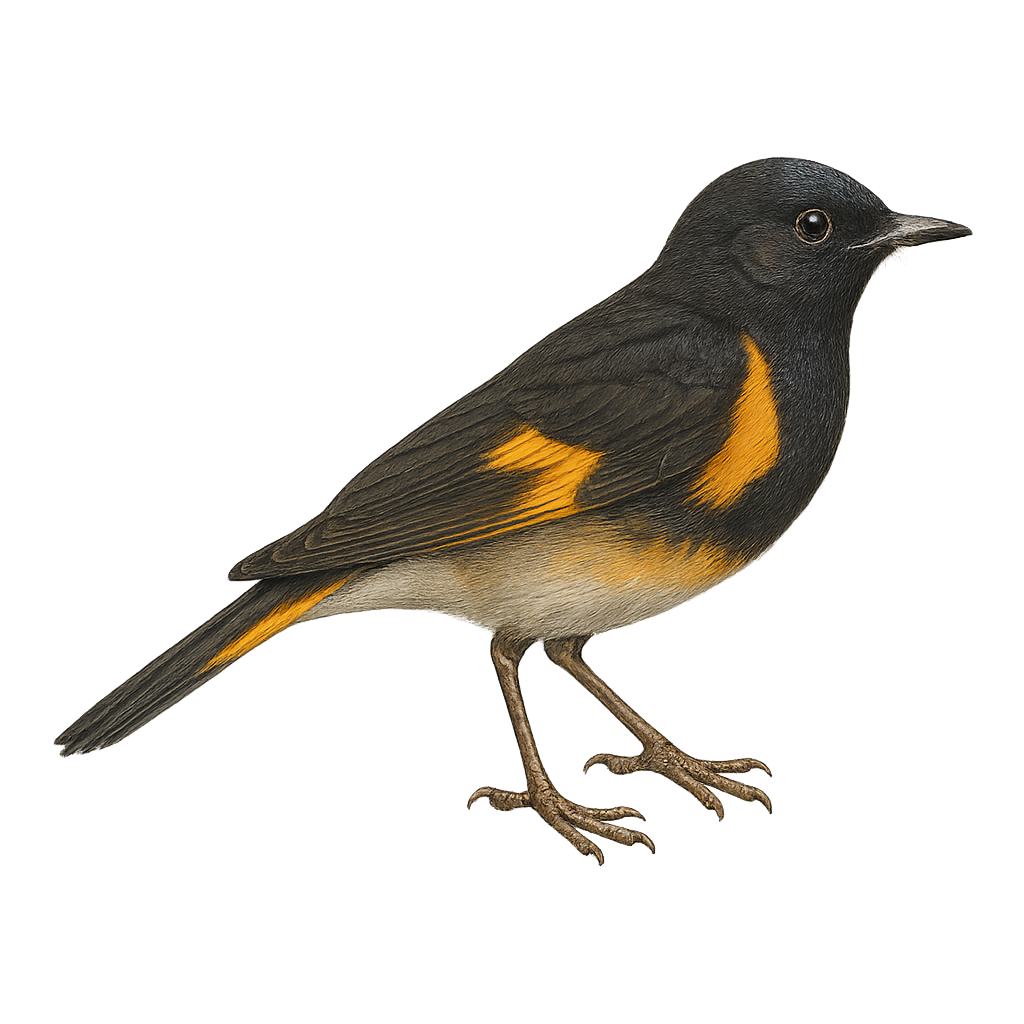Your wildlife photography guide.
Explore the american redstart in detail, study its behavior, prepare your shots.
Where to observe and photograph the american redstart in the wild
Learn where and when to spot the american redstart in the wild, how to identify the species based on distinctive features, and what natural environments it inhabits. The WildlifePhotographer app offers tailored photography tips that reflect the american redstart’s behavior, helping you capture better wildlife images. Explore the full species profile for key information including description, habitat, active periods, and approach techniques.
American Redstart
Scientific name: Setophaga ruticilla

IUCN Status: Least Concern
Family: PARULIDAE
Group: Birds
Sensitivity to human approach: Suspicious
Minimum approach distance: 5 m
Courtship display: May to June
Incubation: 11-13 jours
Hatchings: May to July
Habitat:
Open forests, groves, moist wooded areas
Activity period :
Primarily active during the day, with peak activity in the morning and late afternoon.
Identification and description:
The American Redstart, Setophaga ruticilla, is a small songbird belonging to the Parulidae family. It is easily identifiable by its striking black and orange plumage in males, while females display more subdued shades of gray and yellow. This migratory bird breeds in North America and migrates to Central and South America for the winter. The American Redstart primarily inhabits open forests, groves, and moist wooded areas. It feeds mainly on insects, which it catches in flight with its agile and rapid movements. Its melodious and varied song is often heard in spring and summer, marking its territory and attracting mates.
Recommended lens:
400 mm – adjust based on distance, desired framing (portrait or habitat), and approach conditions.
Photography tips:
To photograph the American Redstart, it's advisable to use a telephoto lens of at least 400mm to capture detailed images without disturbing the bird. Look for open wooded areas where these birds are active, especially in spring and summer. Be patient and wait for them to perch or feed. Use a tripod to stabilize your camera and adjust your shutter speed to freeze their rapid movements. Take advantage of the natural morning light to achieve vibrant colors and sharp details.
The WildlifePhotographer App is coming soon!
Be the first to explore the best nature spots, track rutting seasons, log your observations, and observe more wildlife.
Already 1 432 wildlife lovers subscribed worldwide

